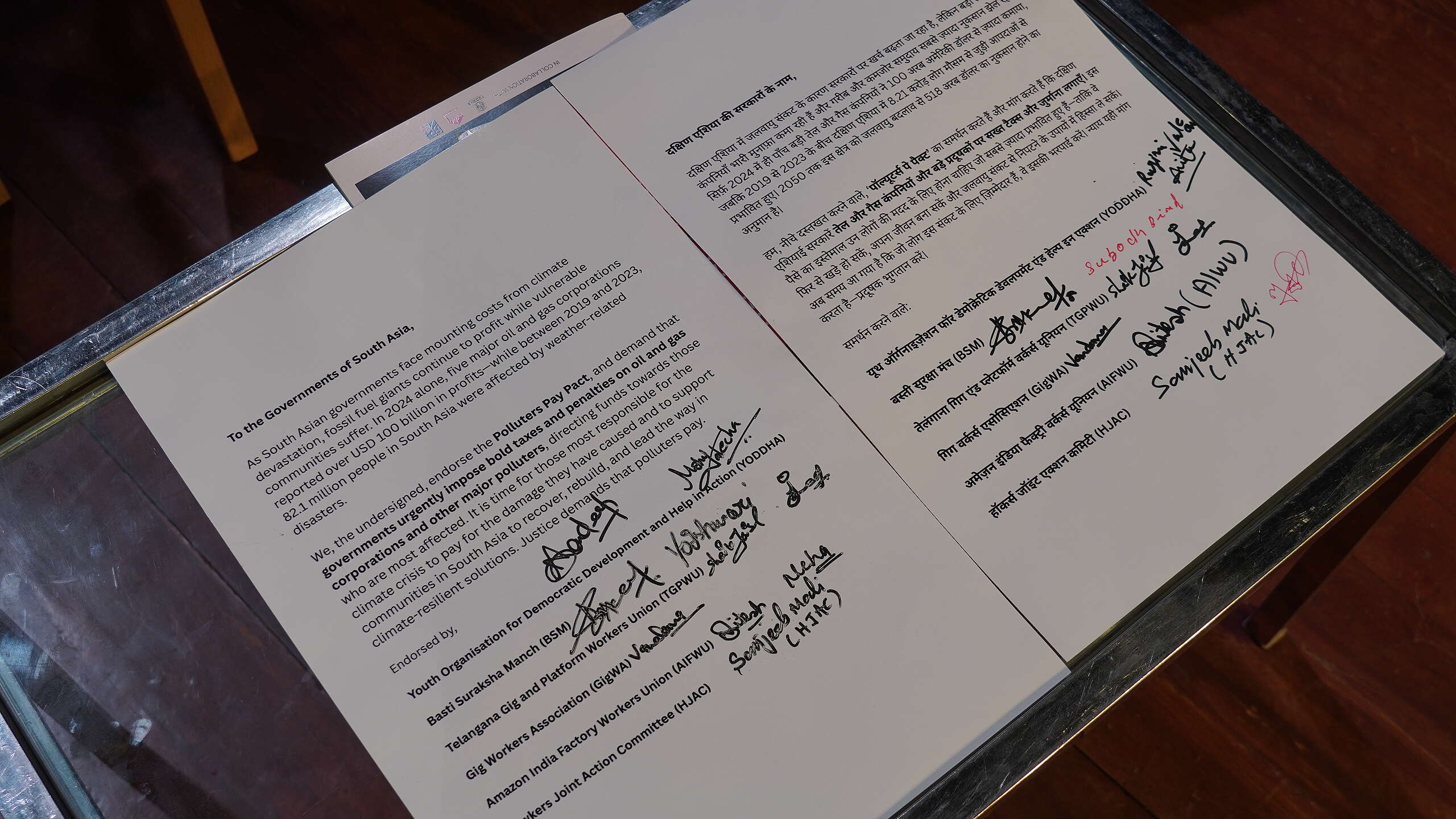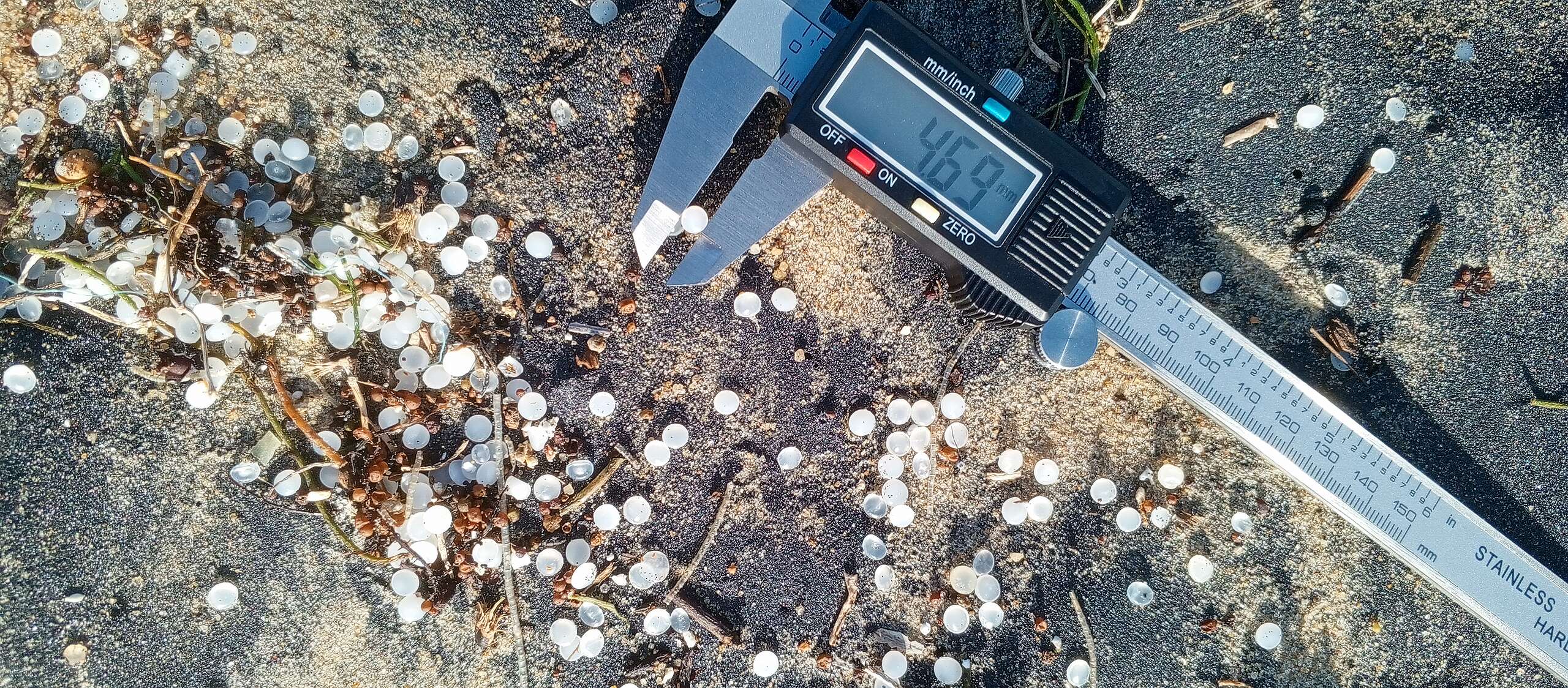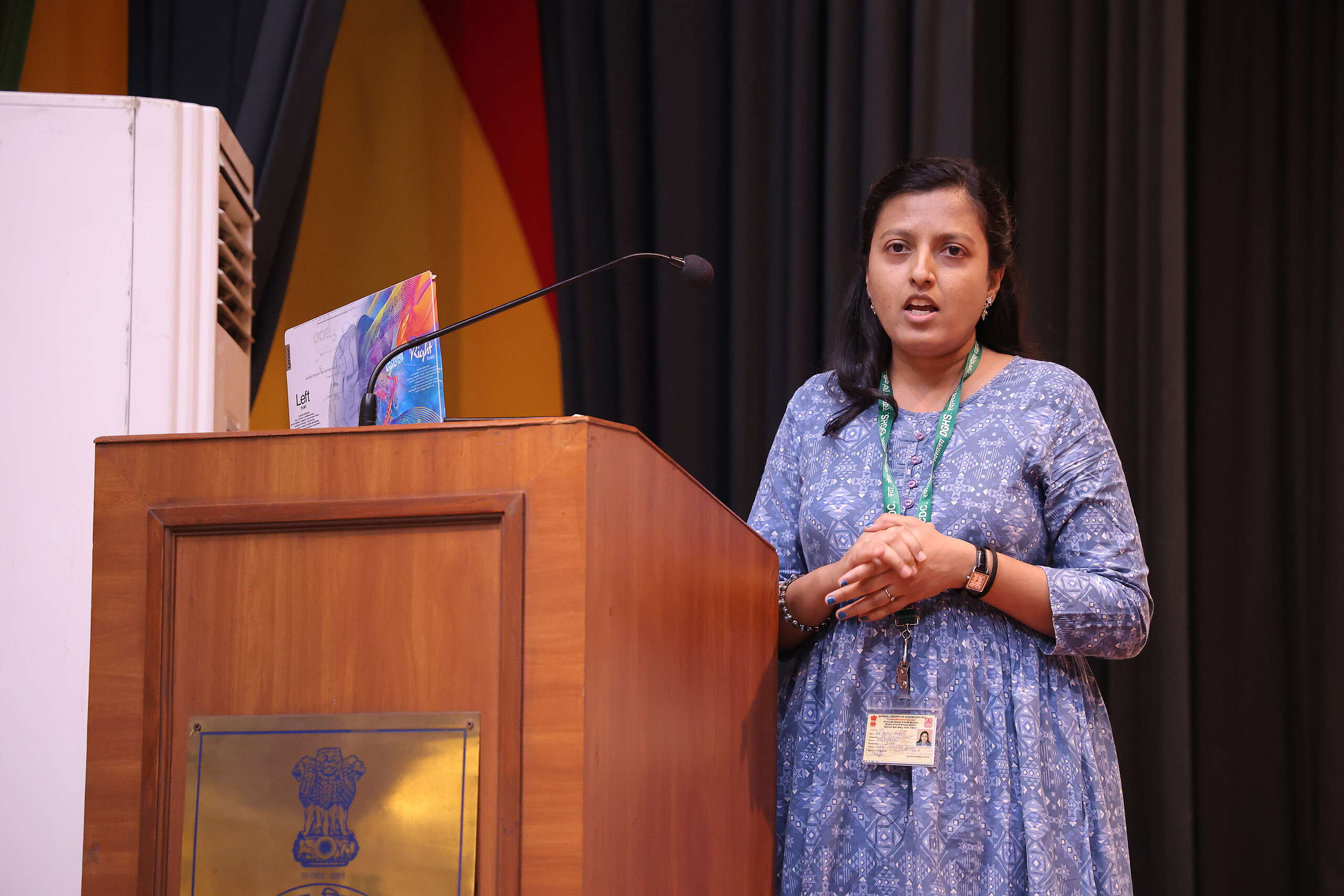The retreating monsoon rains of 1999 saw massive flooding in the Narmada Valley following damming of waters at the Sardar Sarovar. In response, the Narmada Sahyog yatra saw thousands of supporters across the country stand in solidarity with the displaced villagers in the valley.
A motley crew of 45 of us from Bengaluru set out too.
Hijras, domestic worker union leaders, sex workers, young gay men from social spaces set up for LGBTIQ persons were part of the group. Before we set out on the long 15 day journey to be with the people and activists of the Narmada struggle, there had been a number of protests and public gatherings in Bengaluru. What struck all of us was the voyeuristic interest, the gaze and the confusion that the Hijras attracted as they stood with placards demanding justice for victims of development far away in another geography.
All along the journey, on trains and buses, through cities like Bengaluru and small towns in Gujarat, MP and Maharashtra they invited the same curious, amused gaze. Many of the activists and students in the group were themselves travelling and sharing spaces for the first time with Queer persons. Some engaged with sensitive questions and a genuine attempt to understand sexual orientation, gender choices and sexuality, others fell into the trap of giving advice and probing. This was true also in many of the villages and communities that we worked with, surveying the damage from the flood waters, the loss of crops and homes. But as we fell into a rhythm of working and over the many conversations the issues of identities, choices and challenges were discussed. Casual curiosity changed to respect and reflection. We were touched by the sense of equanimity of the adivasis and farmers in the valley, we cried, we laughed and celebrated our humanity and concern for each other.

The Queer movement in India is not just an elite, upper class movement as it is often projected. It is a fascinating story of how a large group of people who were caricatured as abnormal, illegal, immoral, criminal and seen as fringe, moved the societal conversation from Queerness being invisible and unthinkable to a reading down of the the Section 377 that marked a legal victory!
The movement did this not just by talking about themselves, they talked and believed in an inclusive world, in which Queer rights and people had the right to live with dignity and pride. They brought their mobilization and organizational ability into other movements – struggles for environmental justice, inclusive public spaces in cities, caste and other working class struggles.
As we mark another Pride Month, this is a moment for us to think about the intersectionality and connections between the LGBTQIA movements and the fight to Stop Climate Change. We cannot fight climate change only as an ecological crisis, it is a larger economic, social and political crisis. The environmental movement has a lot to learn from this- strategically, tactically and in the changing of the narrative.
It is about choices we have to make as societies. It is about asking ourselves, of the willingness to challenge the way we make money, why we make money and what we spend on. It is about working actively for decarbonisation which will give us the chance to realign the way we live. The LGBTQIA movement and its ability to reach out and also question their own prejudices and fractures within themselves made them unique. They were able to create the vision of a more inclusive and just world where difference and co-existence are celebrated and people lived together.
From that fortnight in the Narmada valley and in the intervening years many who went to the valley in solidarity are no longer with us, some have become lifelong friends and work together. Lives have changed, but the spirit of extending beyond one’s own immediate concerns and building lasting stories of hope live within all of us. Greenpeace celebrates Pride Month and marks the struggles of the LGBTQI movement. The Warriors of the Rainbow and the Pride Flag working together for a more humane, just and sustainable world.
Pride Month is largely credited as being started by bisexual activist Brenda Howard. Known as ‘The Mother of Pride,’ Brenda organized Gay Pride Week and the Christopher Street Liberation Day Parade a year after the Stonewall Riots. This eventually morphed into what we now know as the New York City Pride March and was the catalyst for the formation of similar parades and marches across the world.
( Benson Issac, Programme Director, Greenpeace India)



